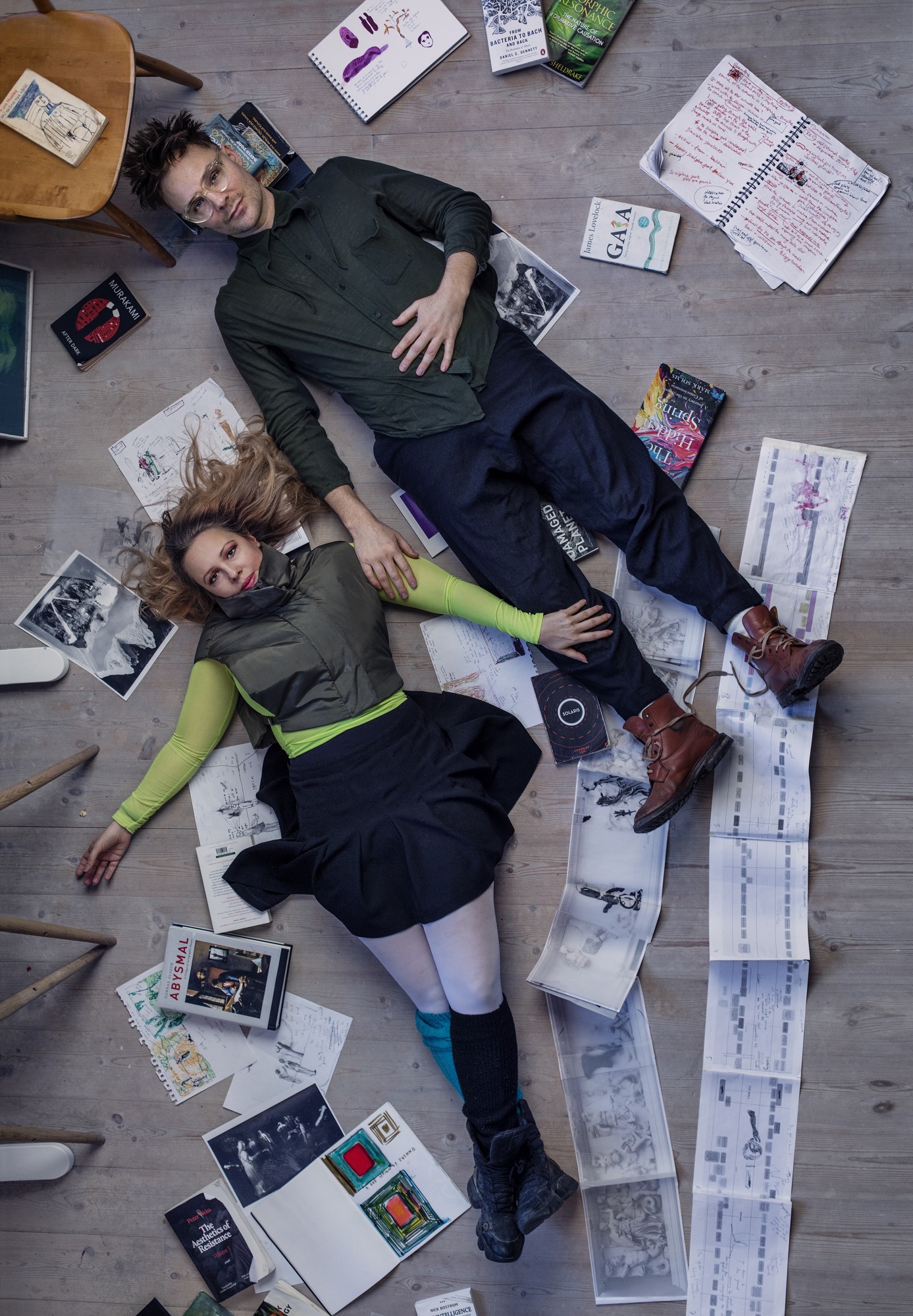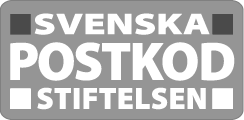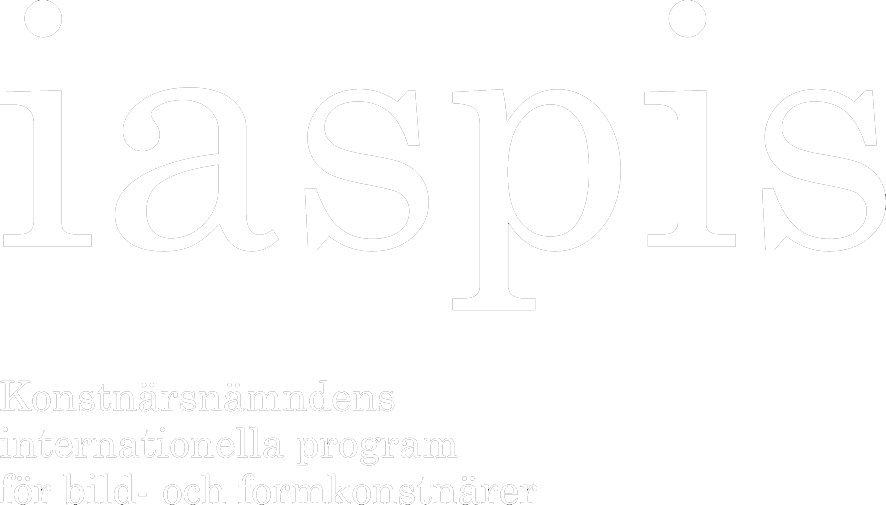About

Lundahl & Seitl live and work in Stockholm. Their immersive solo projects reinterpret the medium of the exhibition as interpersonal processes via choreography, matter and time. Presented around the world, notably at Royal Academy of Art in 2014, Gropius-Bau in 2016, and Kunstmuseum Bonn in 2017. Group Exhibitions include the 8th Momentum Biennale of Nordic Contemporary Art 2015 (NO), ‘An Imagined Museum’ Centre Pompidou Metz 2016-2017 (FR), the 3rd Kochi Muziris Biennale 2016-2017 (IN), and a recent commission: Echoes of Alternative Histories at Staatsteater Kassel, which coincided with Documenta Fifteen. In the fall of 2022, the duo was visiting artists at the ACT Programme at MIT.
The duo Lundahl & Seitl have developed a method and an art form comprising staging, choreographed movement, instructions, and immersive technologies, juxtaposed with material objects and the human ability to organize perception into a world. Notions of freedom, autonomy, and what is real, imagined, and perceived are negotiated in an investigation of virtual reality, not as a form of technology but as an ability or sensibility to a relationship with surroundings, with an increased insight into how technology makes ‘us’ and lays the ground for ‘our’ human umwelt – how it connects and disconnects us from each other and other life forms and processes.
Their research is tacit, neuro-diverse, and heuristic. It relies on intuition in an iterative process of allowing concepts, theories and stories to meet the resistance of the physical world via sensory experience, direct observations and listening – often in collaborations with others, such as philosophers, anthropologists, writers, game-engine programmers, neurologists, politicians, curators, as well as the public. Projects are often perennial and develop into series that sometimes fork out into entirely new works. The practice encompasses curation, gallery exhibitions, site-sensitive solo projects, and collective performances in public spaces.
To download a CV click the PDF icon (top left)
Made possible with generous support from:







